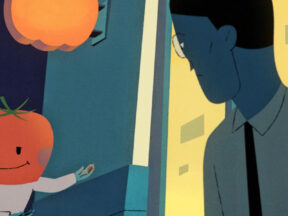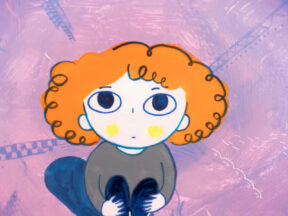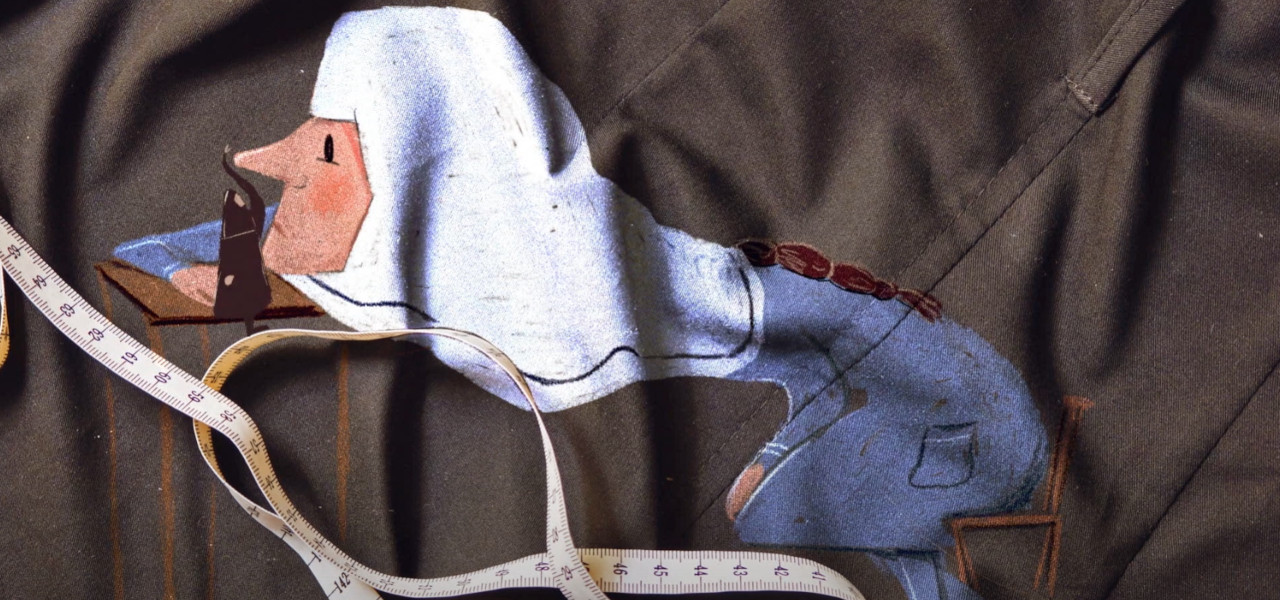
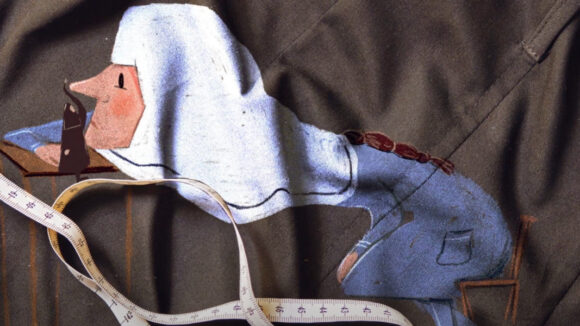
2024 Oscars Short Film Contenders: ‘Our Uniform’ Director Yegane Moghaddam
Welcome to Cartoon Brew’s series of spotlights focusing on the animated shorts that have qualified for the 2024 Oscars. There are several ways a film can earn eligibility. With these profiles, we’ll be focusing on films that have done so by winning an Oscar-qualifying award at an Oscar-qualifying festival.
Today’s short is Our Uniform, from Iranian director Yegane Moghaddam. Moghaddam self-produced the film, which earned its qualification by winning the grand jury prize at Spain’s Animayo festival.
In the film, an Iranian girl recalls school-age memories through the wrinkles and fabrics of her old uniform, quite literally. Rather than using paper, canvas, or a digital medium, Moghaddam painted directly on the cloth used for making school uniforms to tell the story of a character who dreams of a better future.
Cartoon Brew: The most striking aesthetic choice you made in this film is using fabric for your backgrounds. What kinds of challenges did that create during production?
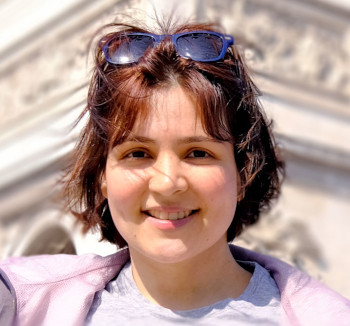
Yegane Moghaddam: Yes, fabric serves as the main background of the film on which everything is projected. That’s how the image and the topic of the film are supposed to work, hand-in-hand with each other. However, there’s not much you can do with a flat, un-foldable piece of cloth. That’s why there’s not much camera work in the film. Most scenes are shot at a neutral, eye-level angle and there’s almost no camera movement. A certain rigidity and stillness are sensed throughout the film, which I personally dislike as a director, but it probably adds to the underlying theme and atmosphere of the film.
What was it about this story or concept that connected with you and compelled you to direct the film?
We spend a big sum of our lives inside our uniforms and they’re an important part of our daily lives. It’s like we grow up inside our uniforms. I always wanted to make a film about this “ever-present” piece of clothing that is like a background or a canvas on which all our daily activities are reflected. This uniform is more than just a piece of clothing. It is a text to be decoded. A manifest against women. I decided that animation is a powerful medium to represent this clothing convention imposed on women because it allowed me to read “our uniform” like a text and translate it into a series of images.
What did you learn through the experience of making this film, either production-wise, filmmaking-wise, creatively, or about the subject matter?
This project began with no high expectations. It was basically a fun and amateur experience to explore the possibilities of the animation realm and experiment with different techniques. I still see it as an amateur experience. I had no fixed timeline, nor a precise storyboard to follow. Just a series of lines and ideas in my head and a piece of cloth in front of me. Filmmaking-wise, I learned how to improvise. On the creative side, I realized that too much material usually spoils the work (at least for me). So, I limited myself to a few assets.
Can you describe how you developed your visual approach to the film? Why did you settle on this style/technique?
The visual style comes from my illustrative background. In recent years, I’ve worked more as an illustrator than an animator. I tried to combine my colored pencil drawings with object animation. The process of making the film was quite straightforward. The stop-motion scenes are very short with no puppets/props to move around. Later, a 2d animated layer was composited on the stop-motion layer. The layers blended perfectly well into one another, maintaining both the texture of the fabrics and the details of the child-like drawings and pencil strokes, the two most important visual elements that I wanted in my film.

